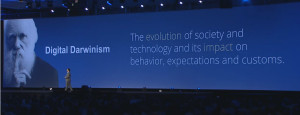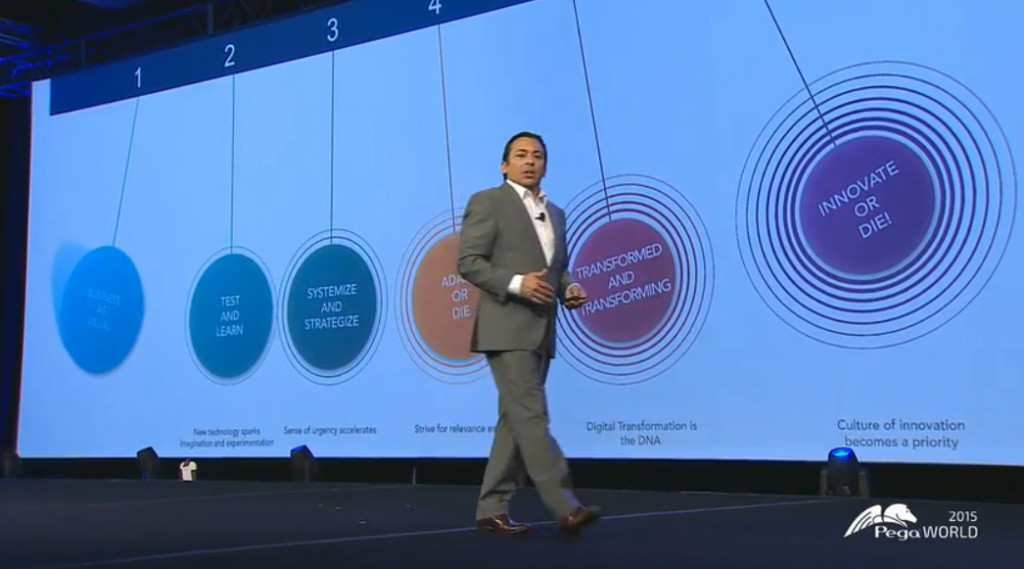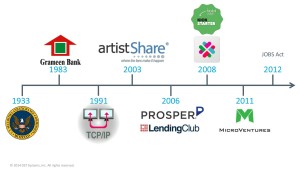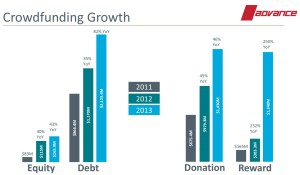tldr; I’m on Mastodon at fosstodon.org/@skemsley
I’ve been on Twitter since March 2007 and have amassed over 7,500 followers (probably half of them bots, but whatever). There’s a current push to move off Twitter and onto Mastodon, an open source microblogging social network, because of the declining standards of content and new ownership over at the bird site. Can we successfully make the shift from tweeting to tooting?
In the old days of Twitter, which don’t seem that long ago, I used to engage in a lot of conversations: my timeline was mostly tweets from my friends and business colleagues, and we would banter back and forth. These days, however, I use Twitter mostly as a broadcast platform, where I post links to new blog posts, videos and other publications. I respond if someone mentions me directly, but it’s no longer the place that I go to start a conversation. It’s just too noisy, full of promoted tweets, and retweets about topics that I don’t care about by people who I barely know. To be fair, some of that is my fault: I tended to follow most people who followed me and had some sort of similar interests, and it’s a lot of work to go back and pare down that list of 2,000 who I follow to a more reasonable number. When lists came out, I started putting people on lists rather than following them directly, but it was probably already too late. Same, by the way, for LinkedIn: I was indiscriminate about who I added to my network, and it’s just too noisy over there for a real conversation.
Enter the elephant. Mastodon is an open source, decentralized social platform that has functionality quite similiar to Twitter: posts are “toots” instead of tweets; you can like, share and reply to posts, and can see a running feed of posts. The big difference is that Mastodon isn’t one company, or one instance: anyone can create a Mastodon instance, either privately for use within a smaller group, or included in a group of federated servers that share posts and (to some extent) account information. When you sign up, you need to choose the server where you want your account, although you can follow accounts from other servers. If you want to change servers at some point in the future, you can; however, it doesn’t appear that you can move your posts to the new server (although you will move your following/follower lists), so there is less incentive to do this once you start posting a lot.
I looked at the available servers that follow the Mastodon Server Covenant and are part of the fediverse (the group of federated servers), and picked fosstodon.org, which is a technology-focused server that includes a lot of (but is not exclusive to) free and open source software. I’m not exclusive to open source, but I do cover a number of process automation vendors with open source offerings and this felt like a good fit. You can find and follow me there at fosstodon.org/@skemsley. Will I be better at curating my follows on this platform, which I so miserably failed at on Twitter and LinkedIn? I have way less FOMO these days, so maybe.
I’m already starting to have some conversations over there, but finding it difficult to find who from my current circle of friends and colleagues is on Mastodon, and on which server — searching by name really only gives you who is on your server unless someone else on your server mentions them. I also have a lot to learn about curating my feed, since the defaults are Home (my posts, re-toots of my posts, and my followers’ posts), Local (all posts from everyone on my server) and Federated (holy crap, everything in the fediverse). I’ve discovered an unoffial but quite good source of helpful into at fedi.tips and will be reviewing more of that.
On a side note, Twitter tends to be a good platform for contacting customer service for some organizations, so I’m not going to abandon it outright, and I’ll still use it for broadcasts. Just covering my bases.








